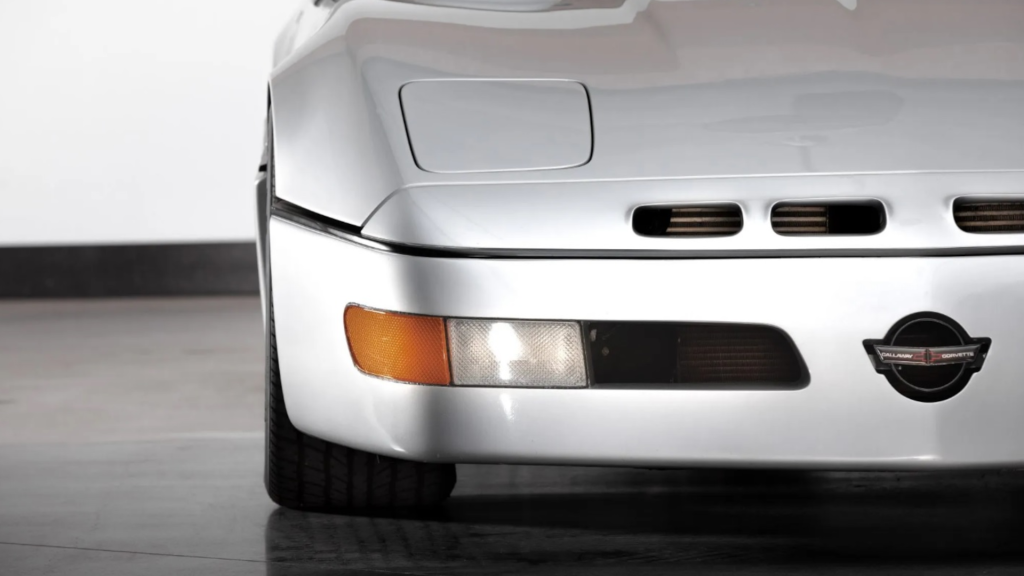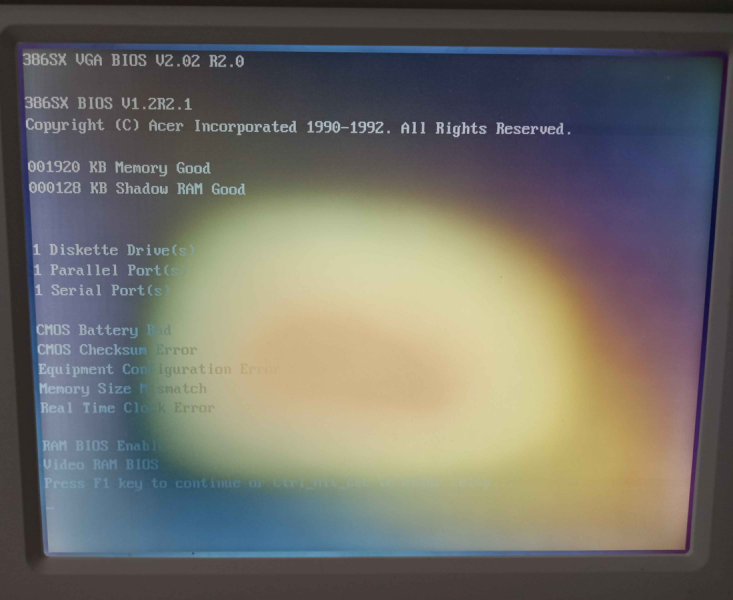The Fastest Corvette Ever Made Came Out Over 35 Years Ago – CarBuzz

In the late 1980s, the idea of an American sports car breaking the 250-mph barrier was an impossibility. The fastest Chevrolet Corvette offered at the time made 240 horsepower, and even the world’s most advanced supercars – the Porsche 959 (211 mph) and Ferrari F40 (201 mph) – had only just cracked the 200-mph mark. The then-new C4 generation Corvette was good, but any serious belief it would give these models a run for their money was a joke.Yet in 1988, Callaway Cars, a small American tuning company led by Reeves Callaway, built a Corvette that changed everything. The Callaway “Sledgehammer”, a heavily modified 1988 Corvette C4, became the fastest street-legal car in the world with a top speed of 254.76 mph. Not only did it beat every exotic of its era, but it also held the record for over a decade. The tuner-special was a true turning point for the Corvette, one that has seen it become the supercar it is today.This article examines the Callaway Sledgehammer’s engineering, historical impact, and lasting legacy, utilizing reviews and interviews conducted over the years. We then compare the car’s performance to its contemporaries and even to the production Corvettes that came after.Reeves Callaway wasn’t a conventional car builder. An art major turned turbocharging genius, his journey into high-performance engineering began when, according to an interview he conducted with Car & Driver in 2013, he amusingly admitted he convinced his art teacher to allow him to swap a 327-inch Chevy V8 into the teacher’s Jeep Wagoneer to allow him to pass. A somewhat dubious story, but there’s no denying his prolific skill from a young age.An automotive legend in every sense. His influence will long be remembered.After his racing career met a monetary snag in the late 70s, he found himself as one of the first driving instructors at Bob Bondurant’s brand-new racing school. One would see this job as a dream, but there’s nothing more dangerous than a car enthusiast with something to prove and a time limit to do it, so Callaway didn’t last long. On his way out, however, he snagged a BMW 320i and conceived a turbocharger kit that would give it the extra power it was begging for.”I loaned it to [C/D’s] Don Sherman, and he wrote a two-page piece about it in 1977. Don made it sound as if I could supply the world with BMW turbo kits. In fact, I didn’t even own a drill press. The car worked only because there was Sunoco 260 [high-octane fuel] at the pumps. Don’s article launched Callaway Turbo Systems.” – Reeves Callaway to Car & DriverThe end result is up to 602 horsepower.Over the ensuing years, Callaway Turbo Systems turned into a legitimate business that had partnerships with Alfa Romeo, Holden, Land Rover, and, most importantly, Chevrolet. By the mid-1980s, Callaway had earned Chevrolet’s trust, and in 1987, he and the automaker introduced a twin-turbo Corvette package (Regular Production Option B2K). Customers could walk into a dealership and order a Callaway-tuned C4 with nearly 400 horsepower with a full factory warranty. It was a dream come true, but Reeves Callaway was thinking even bigger.What if he could do what no one has ever done, and turn America’s sports car into the world’s fastest street-legal vehicle? A wild idea, one that would see him push the C4 Corvette to the absolute limit.The goal for the Sledgehammer was threefold:Simple stuff, really. Achieving these three goals took a near complete re-engineering of the Corvette platform. Starting with a 1988 Chevrolet Corvette C4, Callaway employed the help of famed engine tuner John Lingenfelter (heard of him?) to transform the car into an 889-horsepower twin-turbo monster, capable of speeds previously unimaginable for a road-going car.All killer, no filler. It was a long list of changes, but looking at the car, it looked extremely normal. Sure, any eagle-eyed enthusiast will quickly start to see reasons to get excited, but to anyone else, it’s just another silver Corvette. It remained street-legal too, retaining things such as AC, a full stereo system, and just about the entire factory interior. Despite being a one-off prototype, it was a fully functioning vehicle, one that was capable of genuinely mind-bending performance, that is.In the end, the car made around 889 horsepower and 772 lb-ft of torque, and Callaway even said it was capable of more, but the tuner didn’t want to see the model blow up before he could see what it was truly capable of. On October 26, 1988, Callaway’s ambitious project faced its ultimate test. Heading to the Transportation Research Center (TRC) track in Ohio, Callaway once again employed the help of his friend and fellow driver John Lingenfelter to drive the car to its absolute limit: a record-setting 254.76 mph.The Sledgehammer first changed hands in 2004, when it first sold for $221,400. A decade later, the current owner attempted to sell the car at auction, but it failed to meet their reserve. The car once again went up for sale in 2021, and once again, the car failed to meet the owner’s reserve despite the auction reaching $500,000. It appears someone “knows what they have”.Just 19 of these Corvette-based creations were made.Despite the car never being likely to come close to its top speed again, its legacy has had a profound effect on Corvettes to this day. Chevrolet was learning from the changes Callaway was making to the brand’s Corvettes, and it was innovating on its own. Just a few years after the car’s record-setting run, Chevrolet unveiled the first ZR-1, which nearly equaled the power of the Callaway Twin-Turbo Corvette without the need for turbochargers. From there, the Corvette has reached new heights, with Z06 and ZR1 models completely altering the perception of what a factory Corvette could be.Now, Chevrolet is preparing to launch its most extreme Corvette yet: the 2025 Corvette ZR1. With a twin-turbo 5.5-liter LT7 V8, it produces an incredible 1,064 horsepower and 828 lb-ft of torque, making it the most powerful factory Corvette ever made, and the first Chevy-sanctioned turbocharged Corvette since the Calloway Twin-Turbo Corvette. Performance is downright absurd:Yet, despite its 1,000+ horsepower output, the upcoming ZR1 still won’t reach the Sledgehammer’s 254-mph benchmark. While its track-focused nature is a decent excuse, it means the Sledgehammer remains the fastest Corvette ever built, and most likely will be forWe’ve come a long way since the leaf spring suspension setup. Sources: Car & Driver, IMSA.com, Hot RodWe want to hear from you! Share your opinions in the thread below and remember to keep it respectful.Your comment has not been savedRecall reading of this Vette back then. Truly believed C/D was fiction. Wrote to Ann Arbor, MI and some person named Yates affirmed the veracity. Wrote again “How (do you) keep the fifth-wheel attached beyond 200mph?” Person named “Csaba” lol returned w a lesson on trap-speed. Hey I was 16.Forget the BMW M5, this little-known sedan was once the quickest sold in America.The ’90s saw tuning culture explode into the mainstream. Here are 10 of the models that brought about its riseShout your virility from the mountaintops.BMW was amazed at how much people focused on the weight before driving the car, so next time, it’ll be a secret (for a while).We sincerely hope the cars have better quality than these teaser images.Yes, we really just compared a pickup truck with a hot hatch.
Source: https://carbuzz.com/callaway-fastest-corvette-ever-made/



